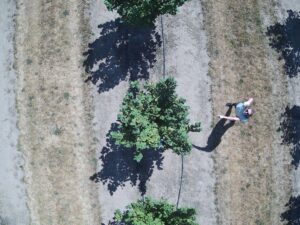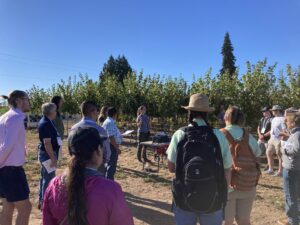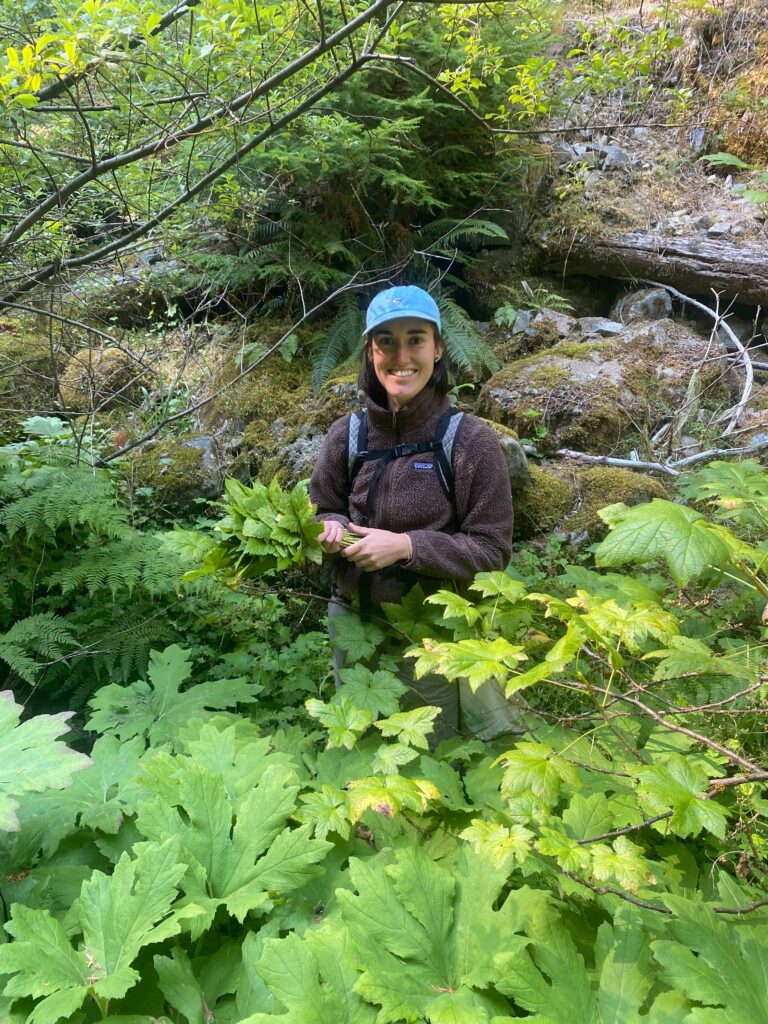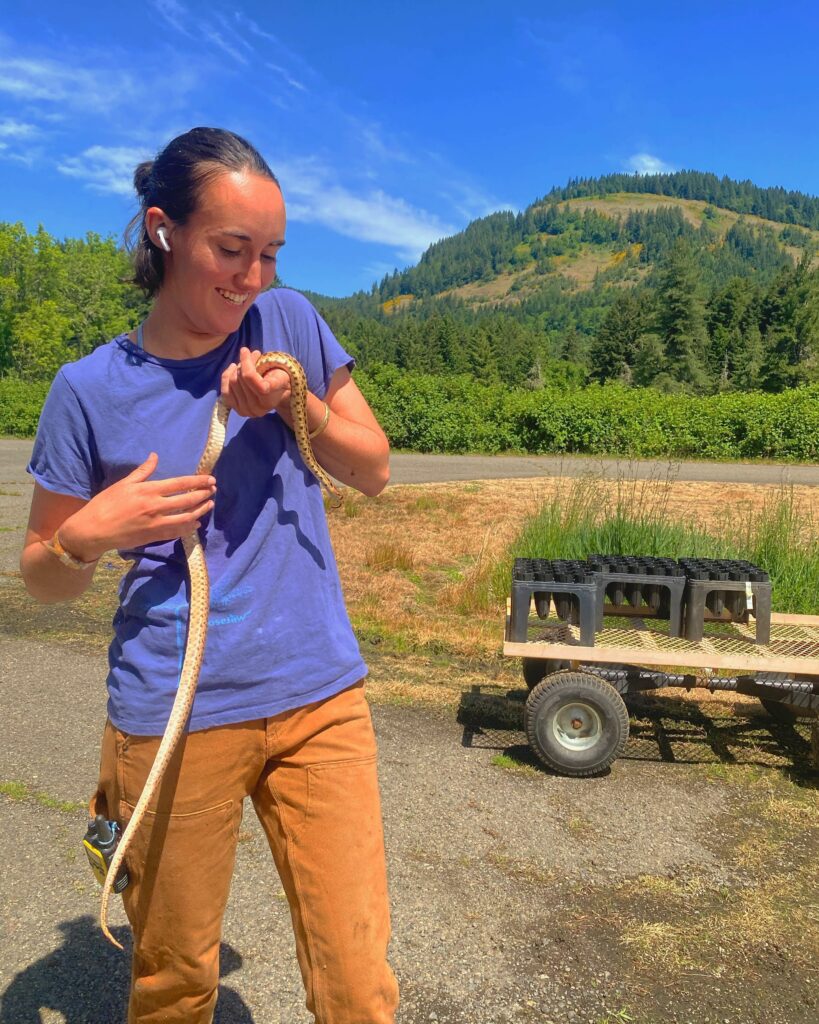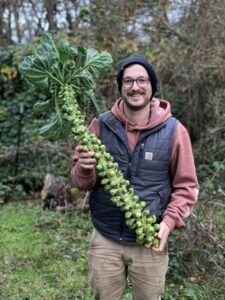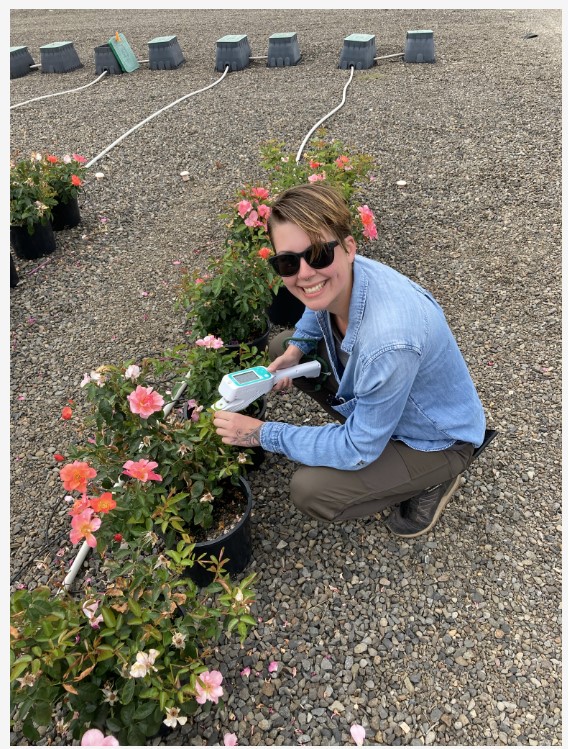
Who should attend: Professionals from landscape, horticulture, nursery and related fields; OSU Master Gardeners; garden writers; academics/educators
When: August 17th 2023; 10am – 2pm (Arrive when convenient; ratings take about 60 min)
Where: OSU’s North Willamette Research & Extension Center
15210 NE Miley Rd, Aurora, OR 97002
What’s involved: Evaluating aesthetic qualities of selected landscape plants (about 60 minutes).

About this Event
The ever-changing climate iputs pressure on the industry to develop more sustainable plants. As part of a six-university study, OSU seeks to improve urban water-use efficiency by evaluating landscape plant performance on three irrigation treatments corresponding to the Water Use Classification of Landscape Species (WUCOLS): High, Moderate, and Low categories of water need. The plants are irrigated regularly during their first summer after planting. Treatments are imposed during the second growing season where researchers collect growth and quality ratings.
The Field Day allows landscape, nursery, and horticultural industry professionals and educators the opportunity to see new plants in their 2nd year and share your opinions and preferences by rating a representative sample of the plants in the field undergoing irrigation treatments. One plant from each of the 3 water levels, for 15 different species (some released to the public and some not yet) will be surveyed. Along with this field of 360 plants, you will be able to get a sneak peek at the next year’s field, currently in an establishment phase.

Important Details: The fields are packed dirt/uneven mulch, sturdy comfortable shoes, sunscreen and/or a hat are suggested. At the trial site, you will be provided a ratings sheet, clipboard, pen, and given general instructions when you arrive. It is a self-guided tour among our 720 landscape plants. Lots to look at but only a small sub set to evaluate. Hot Coffee and cold water will be provided. We value your feedback and hope to see you there!
**No Registration Needed**
For questions contact:
Lloyd.Nackley@OregonState.edu








